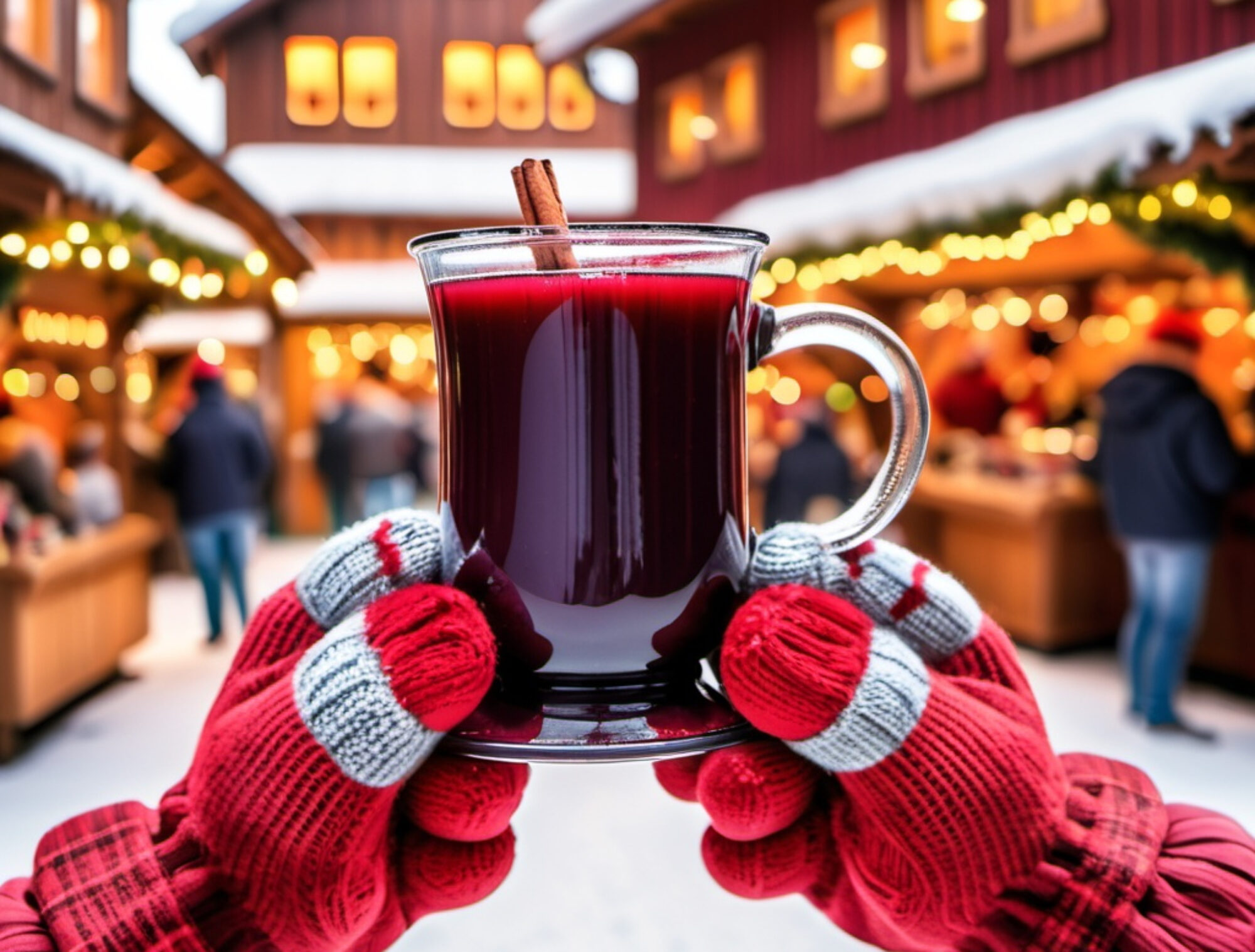What is Mulled Wine?
The mulling tradition dates back hundreds of years and was first mentioned in Plautus’s play “Curcullio” from 2 B.C. Until more recently, water was largely unsafe for untreated consumption so beverages involving alcohol (beer/wine) was common. Mulled wine traditionally takes bad undrinkable wine1, adds common holiday spices, and is served hot in a mug during the winter, but especially during the Christmas season.
Most European cultures have a holiday mulled wines, here are some of the names (https://en.wikipedia.org/wiki/Mulled_wine):
Germanic countries (Germany / Austria) – Glühwein or Gluehwein, lit. “Glow wine” referring to the glowing/rosey cheeks one gets after they drink it.
Nordic countries (Sweden and Icelandic) Glögg, (Norway, Denmark, and Faroese) Gløgg, and (Finland and Estonia) Glögi
Slavic countries (Croatia, Slovenia, Bosnia and Herzegovina, Montenegro, and Serbia) kuhano vino or kuvano vino (кувано вино; lit. “cooked wine”)
Russia and Ukraine: glintveyn (глинтвейн)
Poland: grzane wino (lit. “heated wine”) or grzaniec in highlander dialect
Czechia: svařené víno (lit “boiled wine”) or colloquially svařák.
Slovakia, varené víno (lit “boiled wine”)
Netherlands and Belgium, bisschopswijn (lit “bishop’s wine”)
Hungary, forralt bor (“boiled wine”)
- While our Selten Mulled Red comes from a traditional recipe from the mountains around Salzburg, Austria – and we use quality freshly made Merlot wine from the USA. ↩︎

